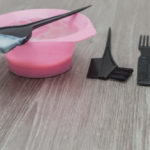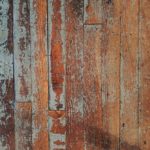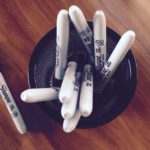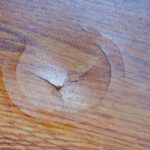Clean hardwood floors are prized by many, so if you’ve spilled candle wax onto yours, it’s easy to fall into a panic. It may seem impossible to get rid of the wax without scratching the wood beneath.
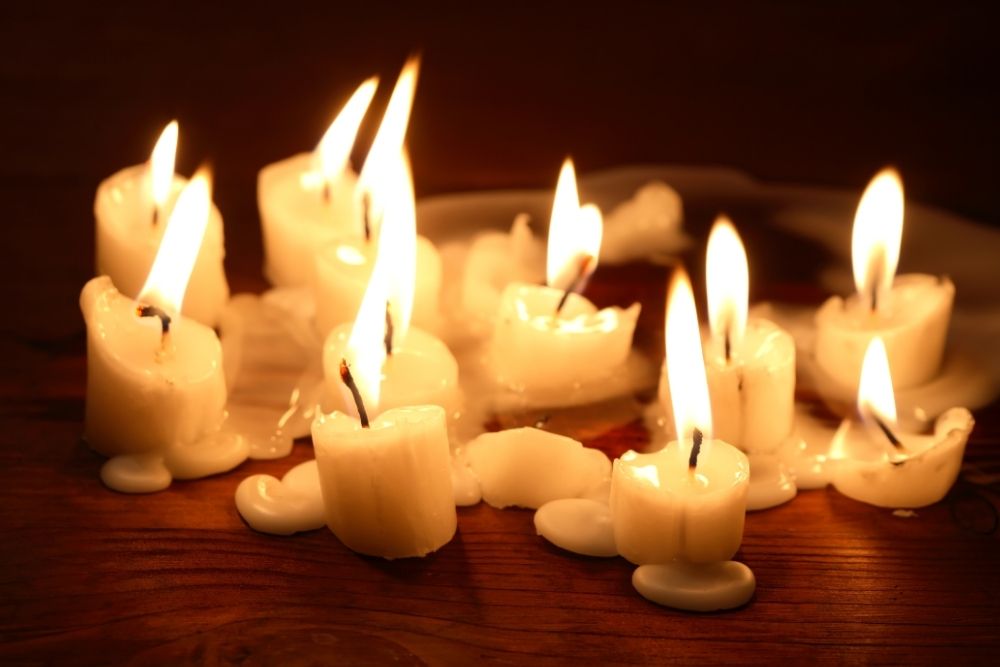
Before you start stripping your floorboards, keep reading. Several methods may remove your wax spill without damaging your floors. We’ll cover these in this article, along with some tips on performing each method successfully.
Cool, Set, Scrape
This method is one of the simplest ways of removing wax, but it works better on small spills. If your wax spill is larger or thicker, try method 2 instead. You’ll need a light hand and a lot of time, so don’t attempt this if you have a jam-packed schedule ahead of you.
You Will Need
- A strong piece of plastic. This could be a spatula, plastic spoon, or credit card. If you do use a credit card, make sure that it is expired in case of damage
- Sheet of paper.
- A clean lint-free cloth that’s white or light in color.
- Protective cloth or hand towel
- Furniture polish or furniture wax cream, any brand.
Method
- Take the plastic utensil of choice. Use it to scrape the wax off of the wood. Do this movement in the same direction of the wood grain. If your wood has crevices or cracks on the surface, use a pointy part of the plastic to scoop out the wax. The end of a spatula or the curved edge of a credit card works well for this.
- As you remove the wax, pieces will start to build up. Use the plastic to sweep these onto your piece of paper.
- Do the process again until the wax is gone. This may take a lot of time.
- If the wax is gone, use the cloth to wipe and clean the area.
- Use the same cloth to apply furniture polish to the wood. Work it in until happy with the finish.
Tips For This Method
If the spill has just happened, let the wax cool down and harden. Wiping hot wax can burn your skin, make a mess of your clothes, and move the wax around, making it harder to clean.
A disadvantage of this method is that you may scratch the wood in the process. Working in the direction of the wood grain can lower the chance of this happening.
Apply Heat Then Wipe
This method is better for large spills as it doesn’t need any scraping motions. The wax is warmed up so that it becomes softer. This makes it easier to wipe off with a cloth or remove with a paper towel.
You Will Need
- Clean lint-free cloth, white or light in color.
- Strong paper towels
- Inexpensive washcloths
- Hairdryer or iron
- Furniture polish or cream
Hairdryer Method
- Point the hairdryer no less than three inches away from the wax spill.
- Use a low setting, then direct the hot air toward the wax.
- When the wax starts melting, use your hands to peel the wax off. When you have removed as much as you can, wipe the area with a lint-free cloth.
- Repeat the steps until the stain is gone.
- Take another clean cloth to apply furniture polish to the area. Buff it in until satisfied with the finish.
Iron Method
- Put your iron on the lowest heat setting. Turn the steam feature off.
- Use some heavy paper towels to cover the spill. Don’t use less than three layers.
- Layer a clean cloth on top of the paper towels.
- Apply the iron on top of the cloth, then press for five seconds.
- Gently pull the cloth back and see if the wax spill transferred to the paper towels. If it hasn’t, either increase the temperature or apply for an extra second.
- Repeat the same procedure, using a clean part of the paper towel each time.
- Once the wax spill has gone, use a clean cloth to wipe the area, then work some furniture polish into the wood.
Tips For This Method
You can do both of these methods together. For instance, if your floors have deep cracks on the surface, the iron may work well on leftover wax that the hairdryer couldn’t remove.
The iron method is slower than the hairdryer one as it involves repeated applications. However, it works better on thicker stains as it pulls the wax upward. Make sure that the iron is warm and not hot, as this could damage your wood floors.
Freeze Wax Then Scrape
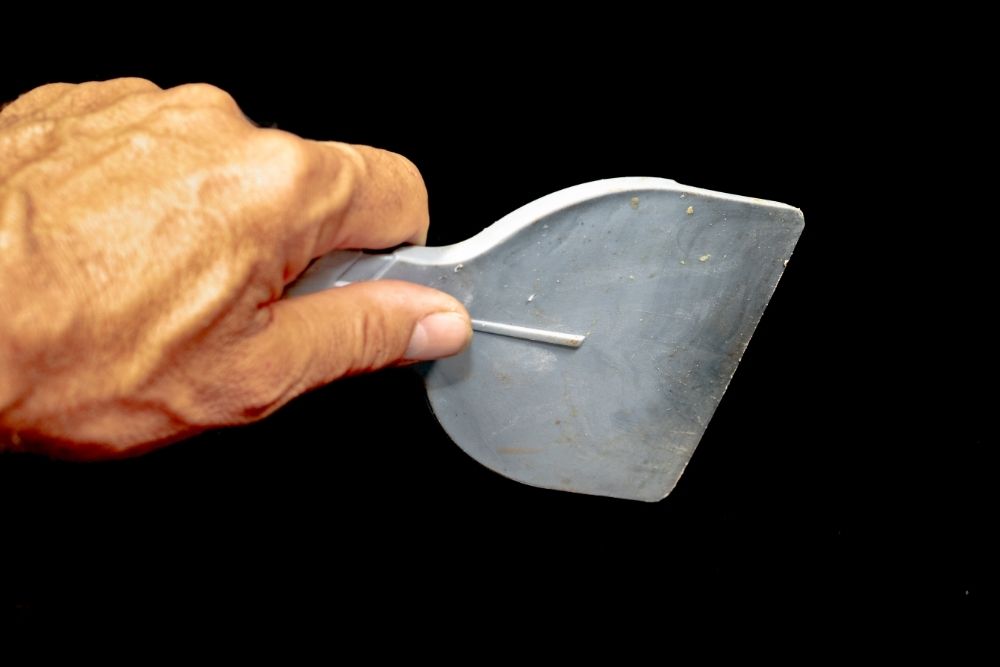
This method is safer than the previous ones, so it’s ideal if you have any children nearby.
You Will Need
- A strong piece of plastic, like a spatula, spoon, or credit card.
- Clean lint-free cloth
- Ice
- Plastic sandwich-style bag with a zipper
- Furniture polish or cream
Method
- Place the ice in the plastic bag, then seal it shut.
- Put the bag on top of the wax spill for at least a minute.
- Once the wax has frozen, use the plastic utensil to scrape the wax off. In most cases, it will break off in a large segment, leaving little pieces behind.
- Use the plastic tool to scrape off any leftover wax.
- Once the stain is removed, use a lint-free cloth to clean the area. Apply furniture polish to the wood as desired.
Tips On This Method
Make sure that you have enough ice to cover the whole area. Condensation may make the wax wet, so use a cloth in between the ice and wax to avoid this. You can use the Apply Heat and Wipe method afterward to pick up any remaining pieces.
Wax Removal Products
If the above methods do not work, you can buy products that are designed to remove wax stains. If you use these, always follow the directions printed on the label.
Keep in mind that these products tend to work better on small wax spills, but don’t work well on larger ones. If you have a big spill, try the methods above before you go ahead with your wax remover.
Some people recommend using mineral spirits to clean up wax, but these can take off any sealants from your wood surface. You may need to sand and reseal your wood floors after using them, which costs more money overall.
Final Thoughts
The sight of a candle wax spill doesn’t need to cause alarm. Try to clean the spill soon after it occurs, but not straight away as the wax will be hot. If the wax is left for too long, it can seep into nicks on the wood’s surface.
Always leave yourself enough time when removing the spill. Only use plastic tools to remove the wax, as metal scratches wood easier. Abrasive materials like steel wool and green scrub sponges can also scratch the wood. These shouldn’t be used at all.
The Apply Heat method can work wonders but only use a low heat setting when doing so. You may increase the temperature slightly if the wax doesn’t change form.
If these methods don’t work, you can purchase products designed for wax spills, but keep in mind that these tend to work better on smaller spills.


